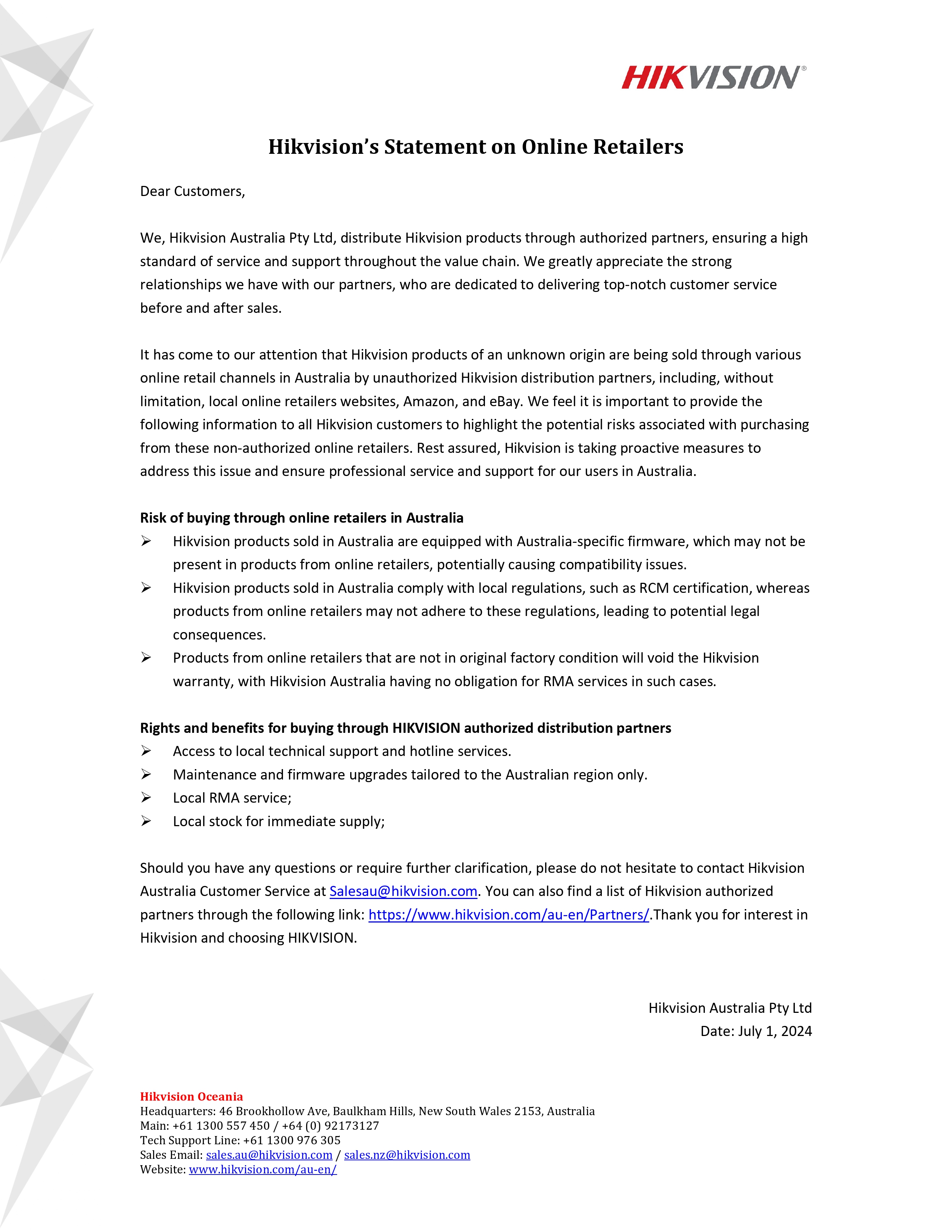Providing perimeter security for buildings is challenging, but especially so for complex settings such as airports and factories. In this blog, we look at the various challenges—and solutions—that can and should be considered to help strengthen your perimeter.
Ensuring the security of your organization or property’s perimeter is important to prevent unauthorized entries and avoid trouble. However, it can be hard to deal with security issues quickly and efficiently. Sometimes, warnings can be missed; at other times, alarms go off when they shouldn’t because it is hard to tell if someone’s trying to get in or if it’s just something harmless.
That’s why you need an advanced perimeter protection system that is tailor-made to suit your needs. Using cutting-edge technologies like artificial intelligence (AI) and multi-dimensional sensors, it watches over your property like a sharp-eyed guardian. It is always alert and ready to catch any potential threats quickly and accurately. With this system in place, you can know your organization or property is well-protected from various security risks.
Perimeter protection: a 4-stage process
An effective perimeter security system is like a well-coordinated team working together to guard your space from potential threats. This team detects dangers, raises alarms, responds quickly, and gathers evidence, ensuring your environment stays safe.
1. Detection: Spotting trouble timely and accurately.
The first and most crucial step in perimeter protection is detection. A reliable system needs to spot threats accurately without sending too many false alarms. With the help of AI advancements, the system has become even more capable of distinguishing between a person, a vehicle, or an animal. This sharp eye for detail ensures the system knows if it perceives a real threat or just a harmless passerby. This sets the stage for what happens next.
2. Alarm: When something suspicious is detected, people need to be alerted.
This is where alarms come in and where the security system naturally excels. Accurate detection ensures that alarms are only triggered by real threats. The more precise the detection, the more reliable the alarm.
3. Response: When an alarm rings out, a rapid response is needed.
A good protection system can automatically kick in right away, like lights flashing or sounds blaring to scare off intruders. Meanwhile, security personnel assess the situation using video camera feeds to decide if more help is needed, such as speaking through two-way audio or sending someone to the spot.
4. Evidence: After the incident settles, it’s time to review what happened.
Video recordings and traceable evidence play crucial roles in post-incident analysis. They help figure out what went wrong, identify any weak spots, and improve safety measures to prevent future incidents.
Technologies to safeguard your perimeter
- Intelligent video solutions
To appreciate how intelligent modern solutions have become, imagine a security watchtower that not only sees intrusions but can understand what is happening and act proactively. Traditional video systems often miss incidents until it’s too late or have trouble dealing with lots of false alarms. But Hikvision’s video solutions apply large model algorithms to see the difference between real threats and harmless events, allowing faster and more effective responses. With DarkFighter technology, cameras capture clear images even in low light. AcuSense technology enables cameras to proactively light up or sound an alarm to scare away intruders, while a network speaker allows for direct conversations to prevent break-ins. The AI-powered NVR makes it easy to review footage by swiftly identifying human or vehicle targets.

